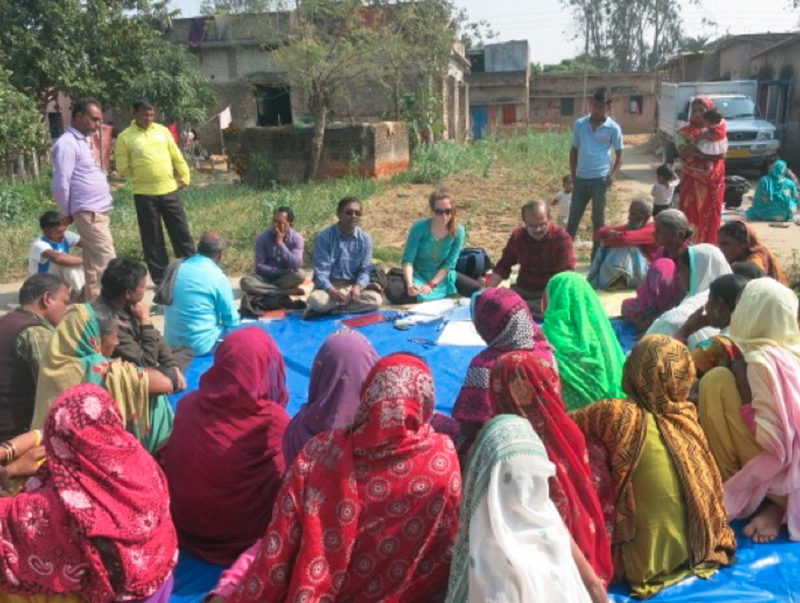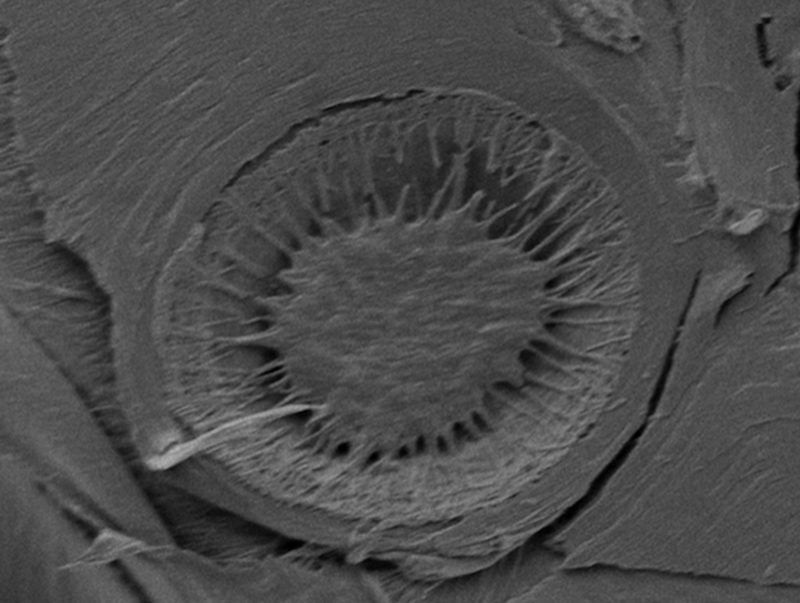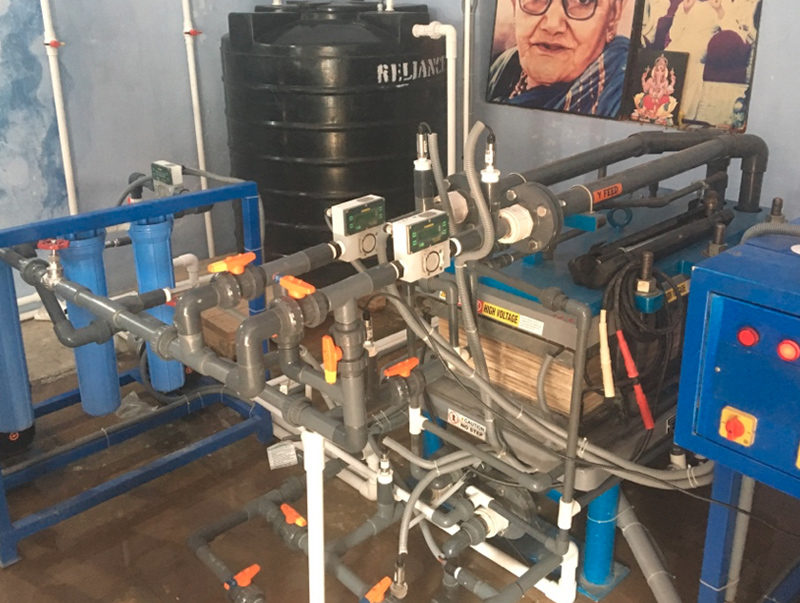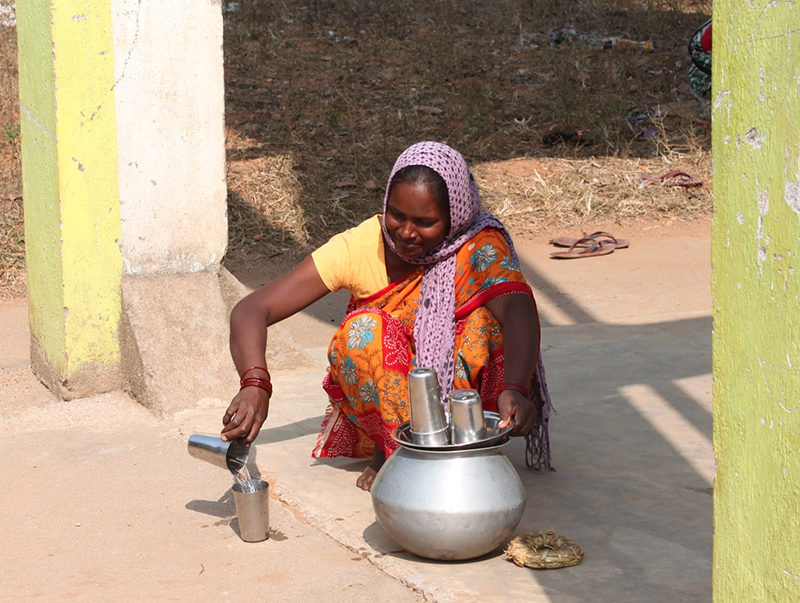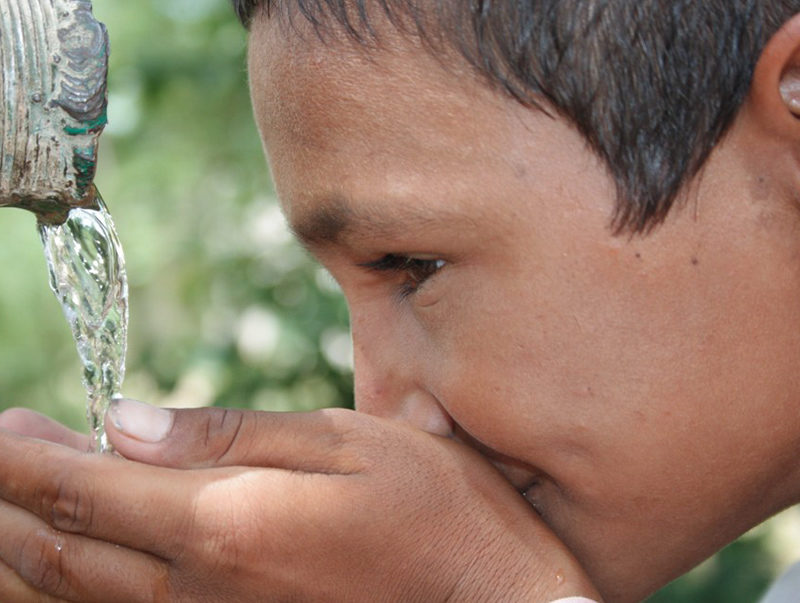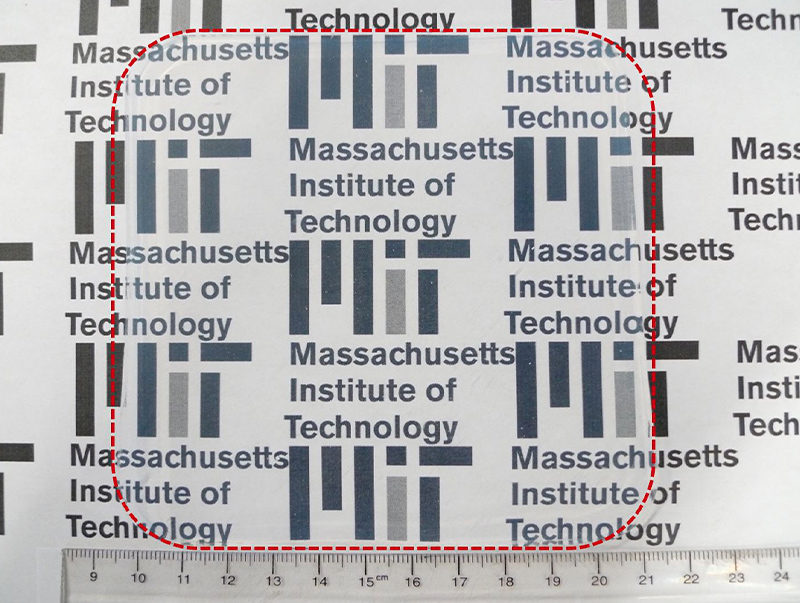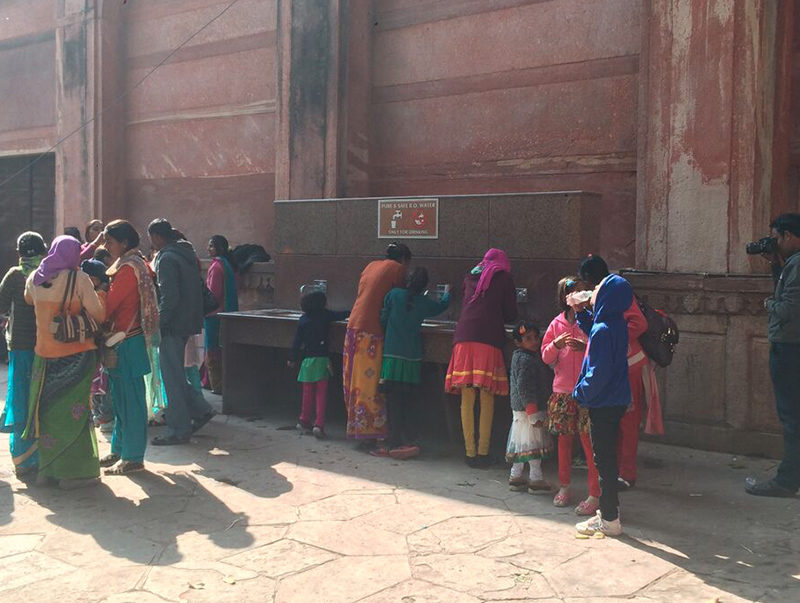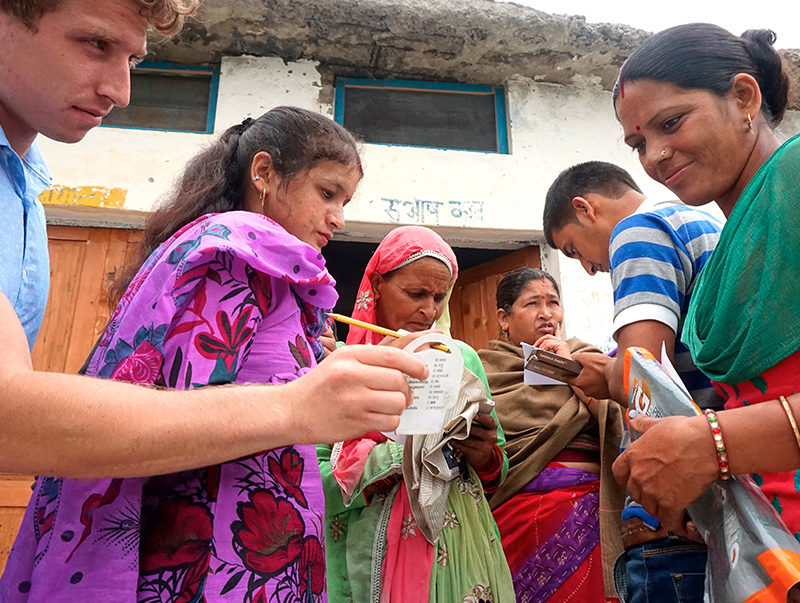
Drinking water is still supplied on an intermittent basis in most Indian cities (many less than 6hrs/day). This creates inequities in clean water availability for residents who live furthest from the water source, and carries public health risks associated with the ingress of contaminants from the surrounding ground through flaws in the aged piping systems. Except in situations of extreme drought, most developed countries supply drinking water continuously (24×7). It is major challenge to upgrade from intermittent to continuous supply as the associated increase in operating water pressures promotes higher rates of leakage compared to intermittent operations.
The overall goal of this research is to investigate strategies and technologies that can be used to enable the conversion to continuous water supply without the excessive costs involved in complete replacement of the pipe network.
The immediate task is to develop models that represent transient flow conditions for the intermittent water supply and to evaluate their capability in representing pressure conditions within the existing pipe network using field measurements at a series of monitoring locations. This approach can then identify locations with high water losses due to leakage or unregulated pipe connections. This represents a key first step in clarifying the state of the current piping network to prioritize areas for repair. Our team is working in collaboration with a water utility in Delhi to validate the transient analysis of the intermittent water supply.



